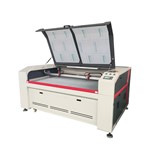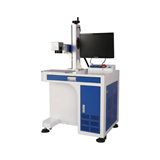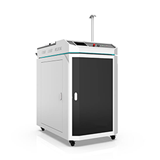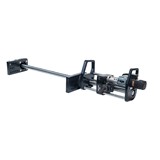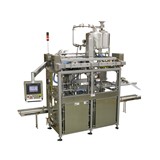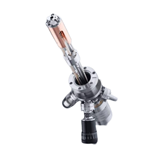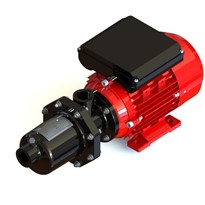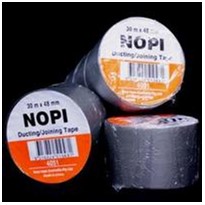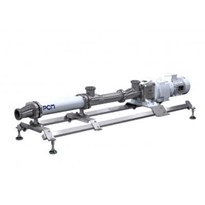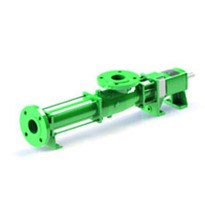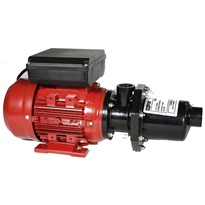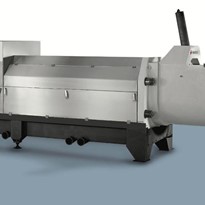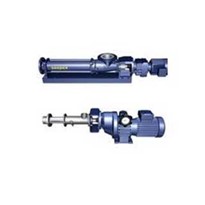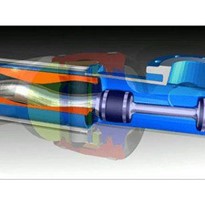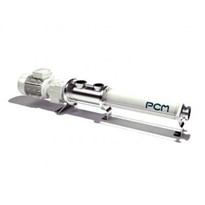A newly designed galvo scanner combines the advantages of closed-loop temperature control by integrated on- axis pyrometer and fast beam deflection.
It is used in quasi-simultaneous polymer welding as well as in selective reflow soldering where several solder joints have to be processed within the working area without using mechanical positioning. The temperature controlled processes are characterized by robustness and increased stability.
Pyrometer Controlled Laser Processes
Compared to other laser types, diode lasers convert the supplied energy (current) directly into laser radiation. They allow quick modulation of the laser power which is essential for fast processes like closed-loop temperature control with pyrometers.
Used for contour welding of polymers, soldering and heat treatment, the pyrometer sensor can be integrated into the processing optics and detects on-axis thermal radiation from the processed area.
To avoid interference between pyrometer and laser source, the detector of the pyrometer must be sensitive for wavelengths different from the laser. Pyrometers utilized in materials processing mostly use detectors which are sensitive from 1800 nm-2100 nm whereas diode lasers are used at 808 nm or 980 nm wavelength.
To determine the absolute temperature by the process radiation, material properties like emission coefficient and surface characteristics need to be known.
For most laser processes they are not determined. During soldering, for example, the state of the solder and therefore its optical properties is changing from solid to liquid and back to solid again. In polymer welding the thermal radiation gets absorbed or scattered by filler material like glass, pigments or others.
For most applications a relative temperature measuring is sufficient for either open or closed-loop process control. The controller of the pyrometer allows the storage of process data like welding temperature and laser output for documentation and analysis. It is therefore a useful tool for quality control and product development.
Galvo Scanners and Pyrometer
Using a galvo scanner is a common method when fast positioning or moving of the laser spot is needed. Typical applications are quasi- simultaneous welding of polymers or reflow soldering. The laser beam is moved by the mirrors off the lenses' optical axis and is no longer parallel to it.
This has some serious consequences for the usage of pyrometers. Optical properties like focal length and anti-reflective coatings of standard flat-field lenses are only working in a small dedicated wavelength range. The foci for the different wavelengths of pyrometer and laser are not congruent due to color aberration.
This means that during processing the pyrometer would detect radiation not from the laser focus but from somewhere else. Closed-loop processing or even temperature monitoring would not be possible.
With a special designed optic it is now possible to have a color-corrected flat-field lens where pyrometer and laser focus are congruent again.The scanner is designed to be used with COMPACT fiber-coupled diode laser systems and comes along with a sophisticated software package for galvo and pyrometer control.
Quasi-Simultaneous welding
To examine the welding properties, a box- shaped test part has been designed which typically could be used in automotive industries.The cover has been made of PBT (Polybutylene terephthalate) with 30 % glass content. The welding quality has been examined by bursting the boxes with compressed air.
In open loop the process window is quite narrow. With constant welding speed the laser power had to be stable within ± 2 % to achieve a maximum burst pressure of about 11.2 bar.
In closed loop the process temperature can be varied from 210°C to 280°C without significant influence on the welding result. The process window is wider than in open loop and the burst pressure exceeds 11.7 bar.
The welding process is limited by the optical properties of the laser transparent part in the measuring range of the pyrometer. The transparency in the NIR determines the maximum achievable welding speed. Part dimensions are limited by the working field of the color-corrected flat field lens and the scanning unit.
Soldering
Besides of its advantages in electronic manufacturing, laser soldering with high-power diode lasers has all properties for contacting thin film solar cells. The solder joints which can be achieved by using cw diode lasers have several square millimeters. Laser soldering is a non-contact technology with an accurate and locally limited thermal input. This limits the thermal stress for the cell.
Usually Si solar cells are interconnected to strings which then get laminated into the modules. This technology requires a handling with additional equipment for the long and fragile strings. Using lasers, the string handling can be completely avoided by soldering directly through the laminate layers.
The typical sequence for these modules is glass, polymerized Ethylene Vinyl Acetate (EVA), tinned ribbons, solar cell, tinned ribbons and transparent PVF (Polyvinyl fluoride) back sheet. Front and rear side of the PV module are transparent for laser radiation.
Soldering can be done either before or after lamination. Concerning peel force and contact resistance, the quality of laser soldered joints exceeds other contacting technologies.The peel force is higher by a factor of 3, whereas the thermal resistance is only about 14 % [1 ].
The galvo scanner allows the soldering of all joints on the solar cell module without moving the optics or the cell. Due to the limited working field of the flat field lens, the galvo scanner has to be moved to process all cells of a module.
Conclusion
Together with the fast reacting laser sources, the newly developed optical components allow the combination of a closed-loop pyrometer control and fast beam positioning with galvo scanner.
Tests show a more stable welding process with a wider process window. The method offers new possibilities for industrial production to reduce scrap. The consisting documentation of relevant process parameters like temperature and laser power is now possible.


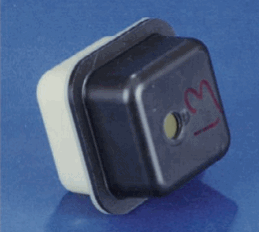
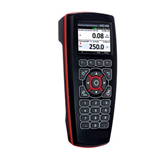
-160x160-state_article-rel-cat.png)


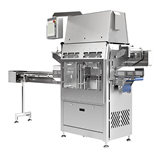

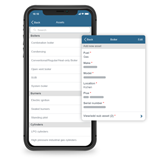
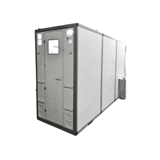
-160x160-state_article-rel-cat.png)
